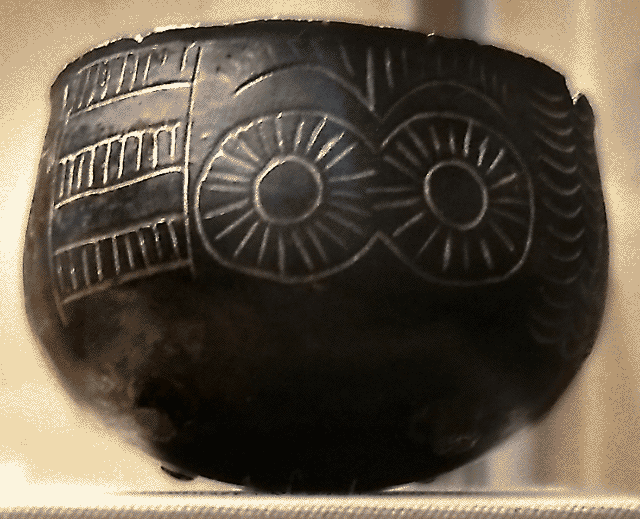Lynx
Madmaxista
- Desde
- 28 Dic 2013
- Mensajes
- 7.443
- Reputación
- 7.901
Chapman es una autoridad. Aún está online en la universidad de Granada su artículo exponiendo la necesidad de rehacer la cronología "académica de la Prehistoria europea" de modo que diera cabida a los inmensos restos culturales hallados desde el siglo XIX en el SE peninsular, pero que sistemáticamente habían sido excluídos, desde el primer día, por la escuela germánica en auge. Siret, el francés que trabajaba en sociedades coloniales europeas que explotaron la minería de E a O de Andalucía para alimentar la maquinaria industrial en Europa, divulgó lo que quiso y pudo en su día. Luego vino la II GM y el pesado velamiento de medio siglo, con un Chapman irritado y disconforme. Publicó, al fin un libro a fines de los '80 que constituye una completa demostración y manifestación
contra la manipulación académica que se impuso tras la IIGM y la consiguiente ceguera y
estulticia que dominaba en estudios prehistóricos, Calcolítico, Bronce, en la Península desde la posguerra.

Los Millares was constructed in three phases, each phase increasing the level of fortification. The fortification is not unique to the Mediterranean area of the 3rd millennium; other sites with bastions and defensive towers include the sites of Jericho, Ai, and Aral (in Palestine) and Lebous, Boussargues and Campe of Laures (in France). It consists of a settlement, guarded by numerous outlying forts and a cemetery of passage tombs and covers around 5 acres.
The settlement itself was surrounded by three concentric walls with four bastions; radiocarbon dating has established that one wall collapsed and was rebuilt around 3,025 BC. A cluster of simple dwellings lay inside the walls as well as one large building containing evidence of copper smelting.
Finally, the fortified citadel at the very top of the spur has only been investigated so far by means of various pilot trenches, which have revealed walls up to six metres thick, confirming the great importance of the structure. Within its grounds there is a deep hollow, which Siret concluded must be a water cistern but so far has not been excavated.
Los Millares, Spain.
contra la manipulación académica que se impuso tras la IIGM y la consiguiente ceguera y
estulticia que dominaba en estudios prehistóricos, Calcolítico, Bronce, en la Península desde la posguerra.

Los Millares was constructed in three phases, each phase increasing the level of fortification. The fortification is not unique to the Mediterranean area of the 3rd millennium; other sites with bastions and defensive towers include the sites of Jericho, Ai, and Aral (in Palestine) and Lebous, Boussargues and Campe of Laures (in France). It consists of a settlement, guarded by numerous outlying forts and a cemetery of passage tombs and covers around 5 acres.
The settlement itself was surrounded by three concentric walls with four bastions; radiocarbon dating has established that one wall collapsed and was rebuilt around 3,025 BC. A cluster of simple dwellings lay inside the walls as well as one large building containing evidence of copper smelting.
Finally, the fortified citadel at the very top of the spur has only been investigated so far by means of various pilot trenches, which have revealed walls up to six metres thick, confirming the great importance of the structure. Within its grounds there is a deep hollow, which Siret concluded must be a water cistern but so far has not been excavated.
Los Millares, Spain.
